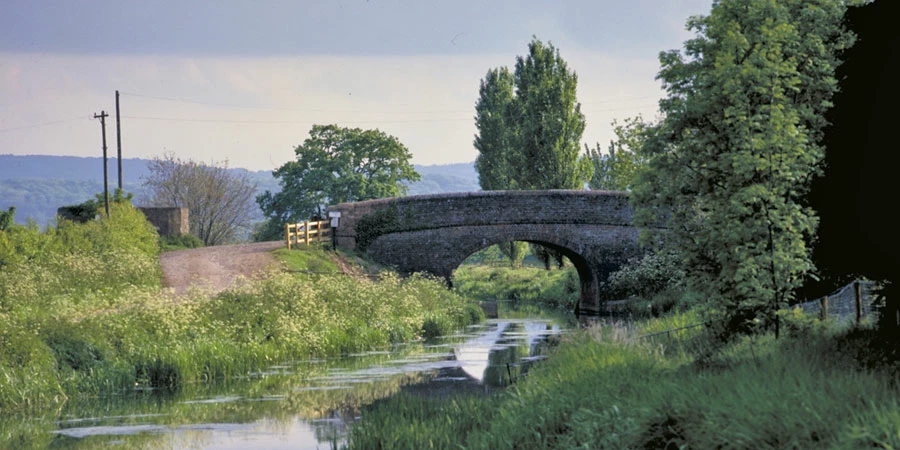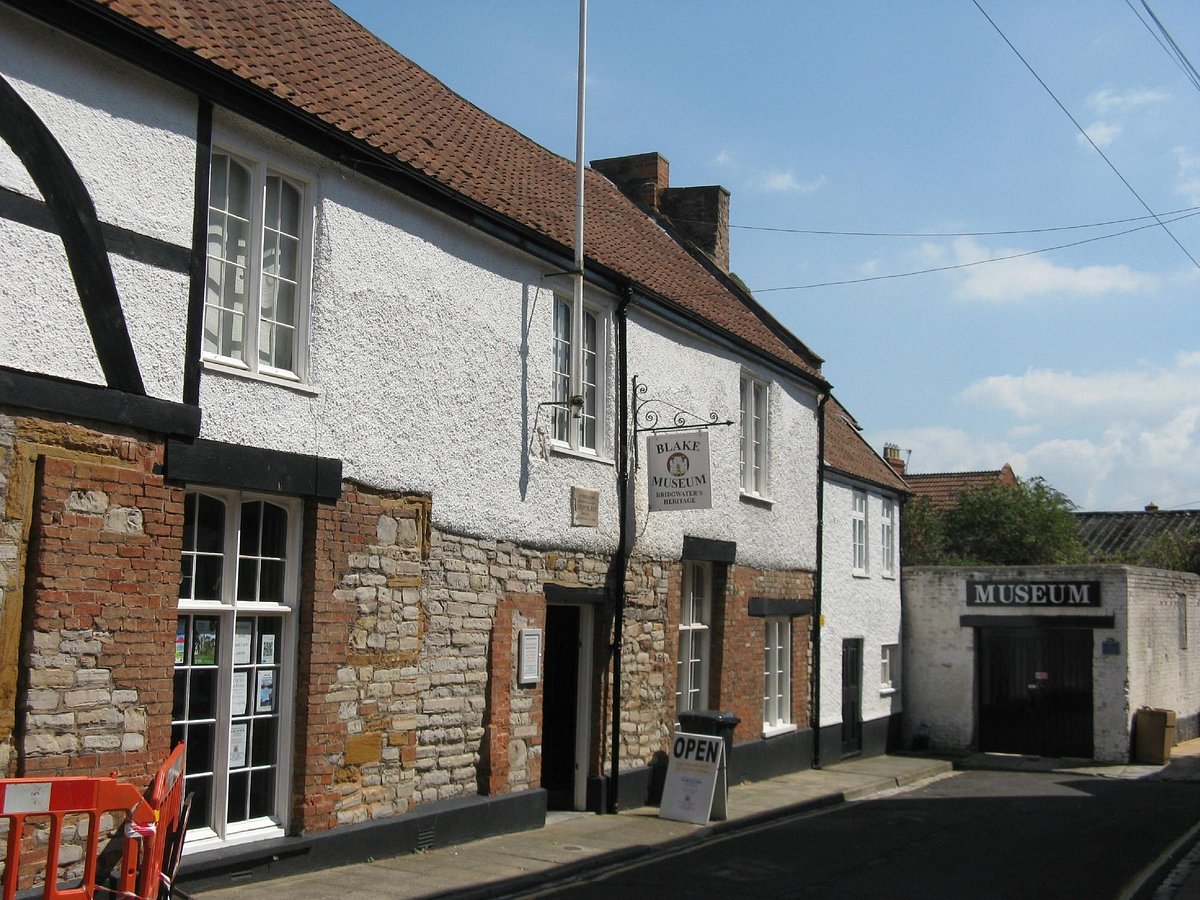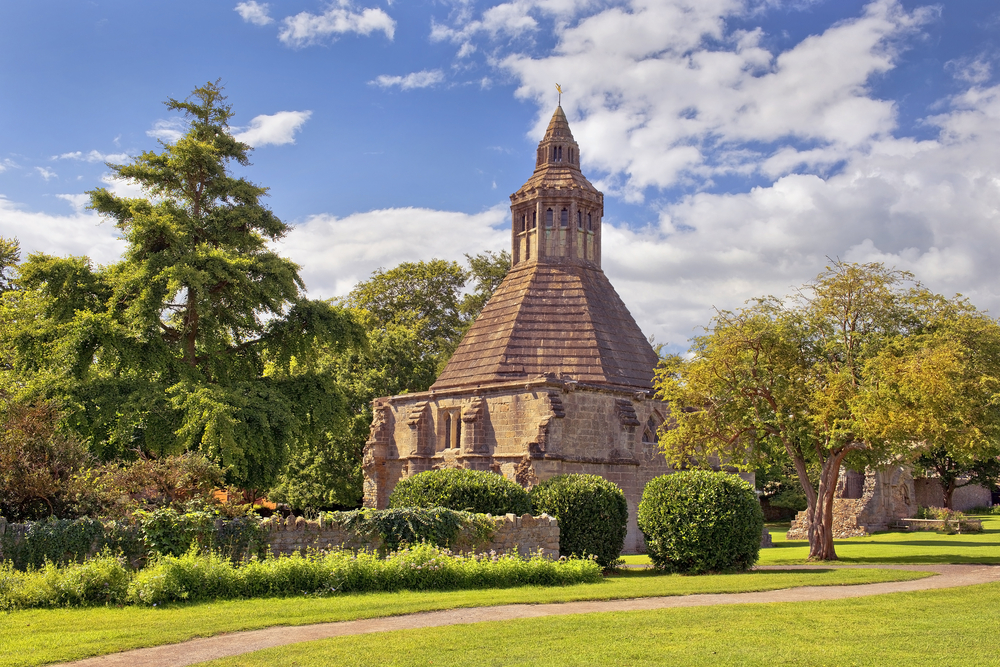
In the heart of Glastonbury lies the ruins of a once magnificent abbey
Located in the heart of the town, Glastonbury Abbey has been at the centre of life here for hundreds of years. With a long and often times violent history, the ruins of the Abbey still maintain a sense of mythical intrigue that proves popular with visitors from around the UK and indeed the UK.
Here are some frequently asked questions about Glastonbury Abbey.
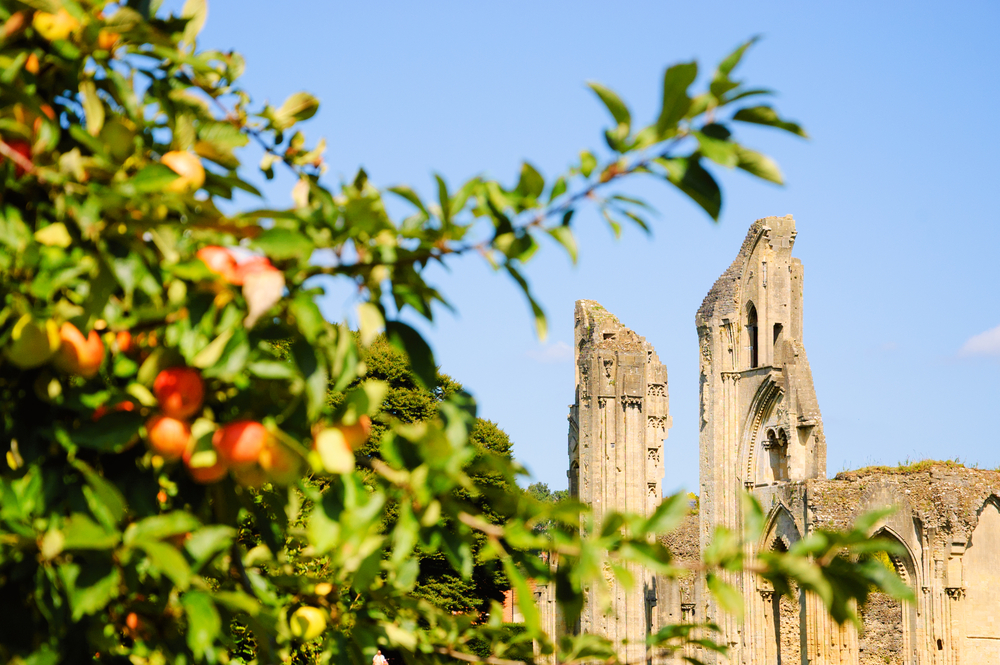
What’s it all about?
Some form of religious building existed here as far back as the 7th Century when Britain was ruled by Saxon kings. However, a persistent legend tells of the followers of Christ himself settling here in the 1st Century. Whether this is true remains to be seen but from the outset, the ground here formed the nucleus of Glastonbury as a human settlement.
Under Normal rulers, the Abbey became a battleground between different Christian ideologies but the impressive structure remained.
By the 16th Century, the Abbey was a symbol of religious wealth and power. The Abbot entertained the rich and powerful of the time and lived in complete luxury. However, this was soon to change when Henry VIII became head of the church in 1534. Abbot Richard Whiting was arrested on a fabricated charge of treason and executed in 1539. As a result, the Abbey was abandoned.
Over the years, the Abbey was stripped of anything of value, including the ornate stones of the building itself to construct new buildings and roads.

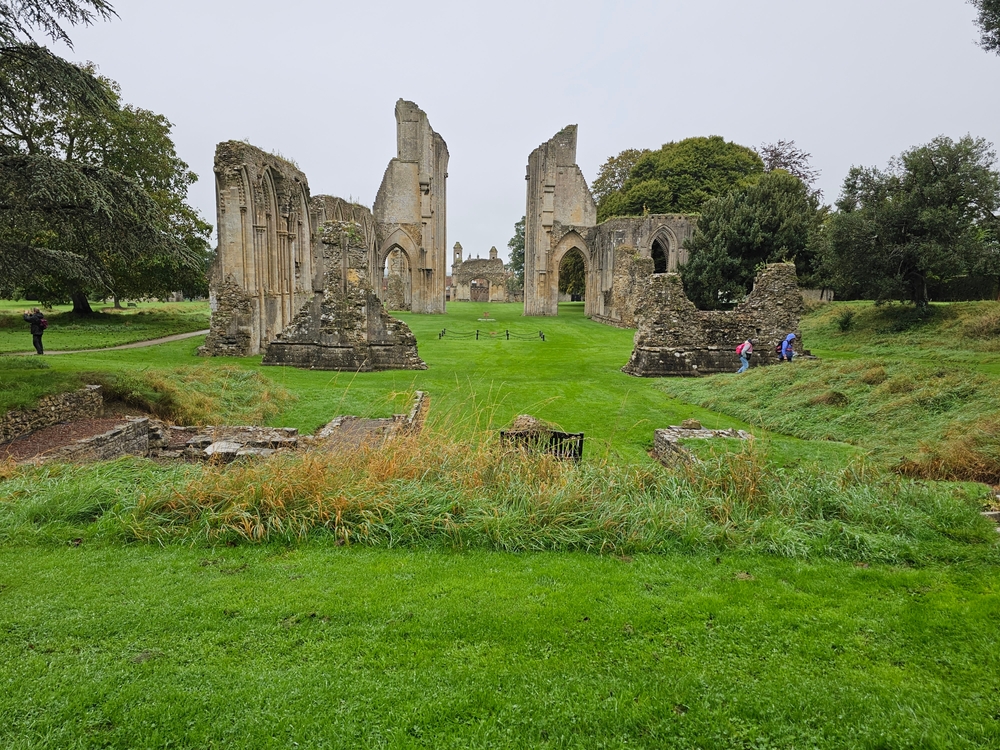
What can I expect to see?
Despite the near-total dismantling of Glastonbury Abbey, there are still points of interest that have entertained visitors for many years. Three huge bulks of masonry survive of the main building, known as the Great Church. They give visitors a good idea of just how massive and ornate the Abbey was in its heyday.
Immediately upon entering the Abbey grounds, visitors will see the Lady Chapel, a smaller but no less impressive structure with intricate and floral carvings on the stonework.
Two other structures survive intact – the Abbots Kitchen and St. Patricks Chapel. The kitchen is considered the finest example of a surviving medieval kitchen in Europe. It features a galley, fireplaces and after archeological investigation, even the diet of the Abbot and prestigious guests.
St. Patricks Chapel was once used to serve the poor and needy of the local area. Thanks to extensive restoration, the chapel comes complete with murals and stained glass – just as it would have been when first built.
Glastonbury Abbey also features a museum and extensive artifact collection from the numerous archaeological digs performed over the years.
Where is Glastonbury Abbey located from the Berrys Glastonbury Drop Off?
We’ve included a Google Maps route to help guide you there.

How do I get there from the Berrys drop-off point?
Glastonbury Abbey is really easy to get from the Berrys drop-off point at St. Dunstans car park. Simply step off the coach and you will see the grounds, ruins, and entrance to the Abbey!
The Abbey does charge an entrance fee as below:
Adults: £11
Over 60s: £9.90
Students: £9.90
Additional Under 16s: £6.60



